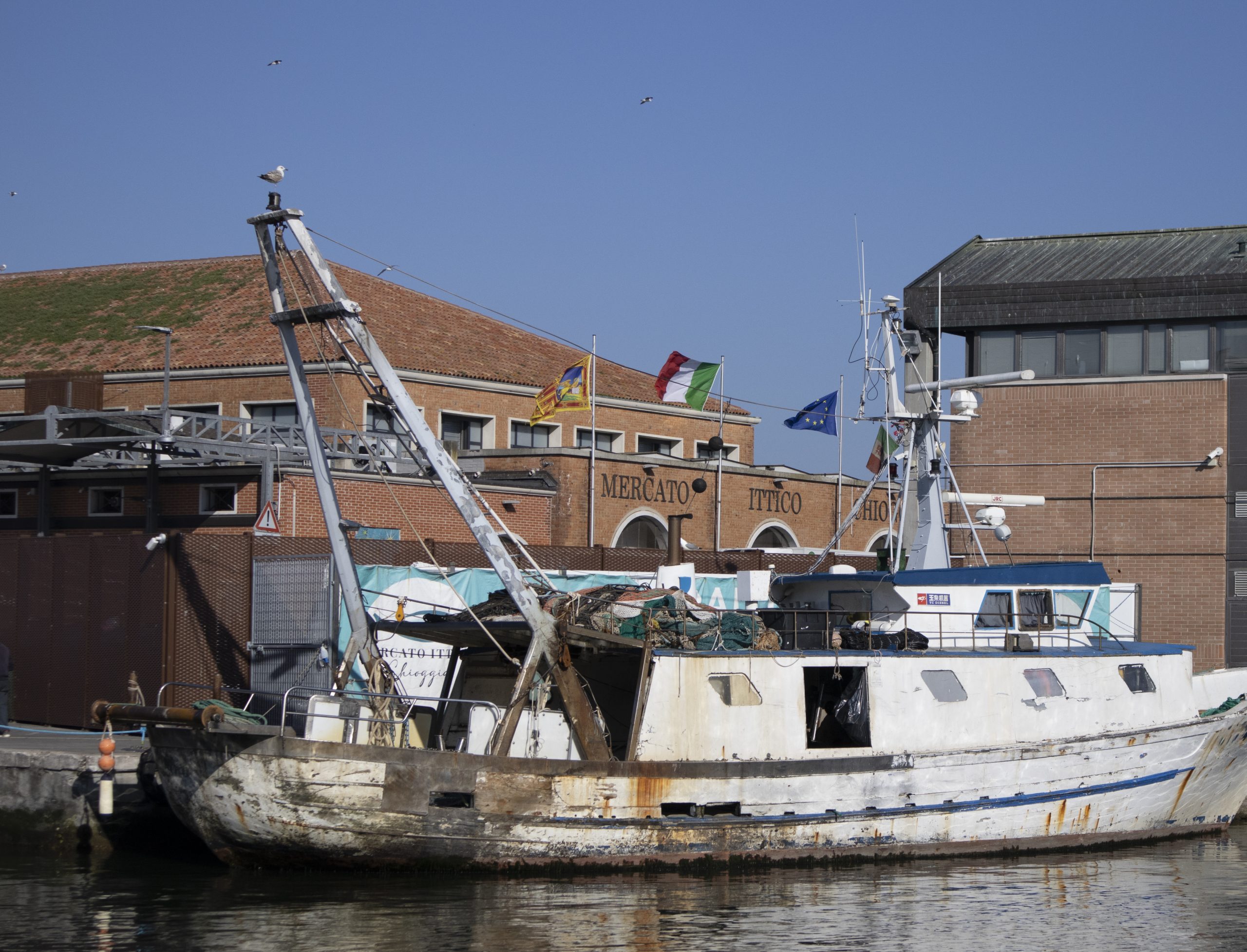Almost all of the cultivable land in the area is below sea level and characterised by a high sand content, which makes it particularly well-drained and rich in mineral salts. The area’s most famous and renowned Hortex product is the red radicchio of Chioggia PGI (Cichorium intybus), also called the “Rosa di Chioggia”, which is exclusively cultivated in the Clodiense coastal area and Rosolina. Other typical crops include the marine pumpkin of Chioggia (Cucurbita maxima), which was cultivated by the end of the 17th century and was also made famous by the playwright Carlo Goldoni in his work “Le Baruffe Chioggiotte”, as well as the violet artichoke (Cynara cardunculus), of which the “castraure” are particularly renowned. The apical fruit of the plant. There is also the red beetroot (Beta vulgaris), called “Erbetta-Rava”, and two cultivars of autochthonous white onion (Allium cepa): “Bianca Musona” and “L’Agostana”. These onions have been used since ancient times for preserving food, such as Sardinian “Saor”, and for seasoning fish-based dishes typical of the area, such as “Cassopipa” with mussels and clams.
However, this geographical area remains an important reference point for Italy, especially with regard to the fishing and breeding of various species of mollusc. The sandy seabed of the Upper Adriatic is an ideal environment for the growth of the seaside clam (Chamelea gallina), locally known as the “bibarassa”. Its collection began in the 1930s, and thanks to its abundance it made Chioggia the Italian reference point for fishing this species within a few years. The south lagoon, with its low backdrop, marked salinity and important tide excursions that guarantee continuous water renewal, saw the birth of a flourishing activity during the same period: the cultivation of the mussel Mytilus galloprovincialis, locally known as Peòci, and the Manila clam Ruditapes philippinarum. The latter is not a native species but was introduced to the lagoon for commercial purposes in the 1980s. Thanks to its greater resilience, it has not only adapted to Italian environmental conditions in a short time, but has also gradually supplanted the local Vongola (Ruditapes decussatus), which is now nowhere to be found.




